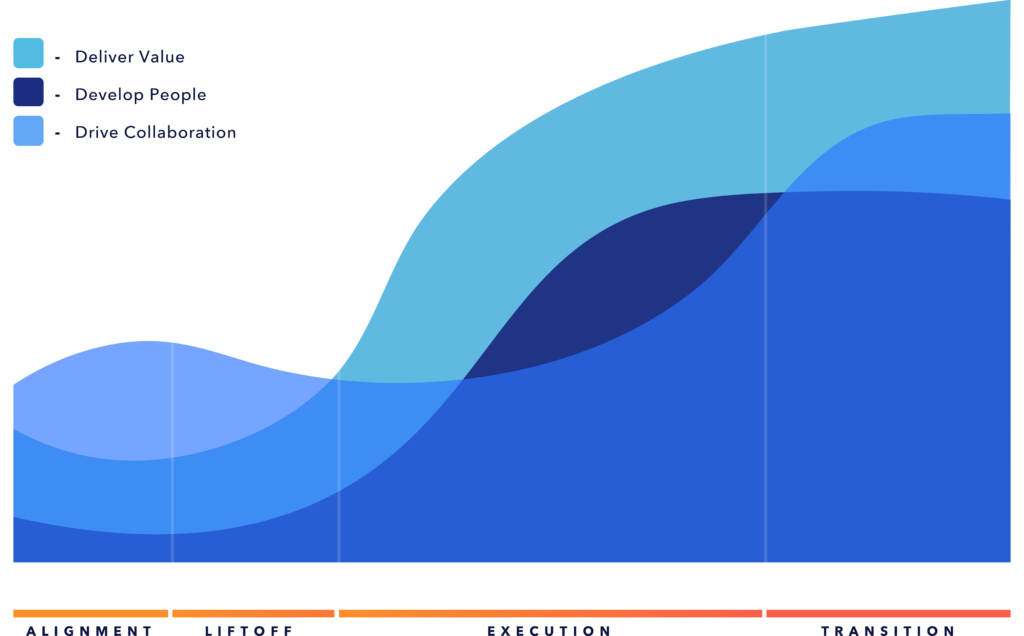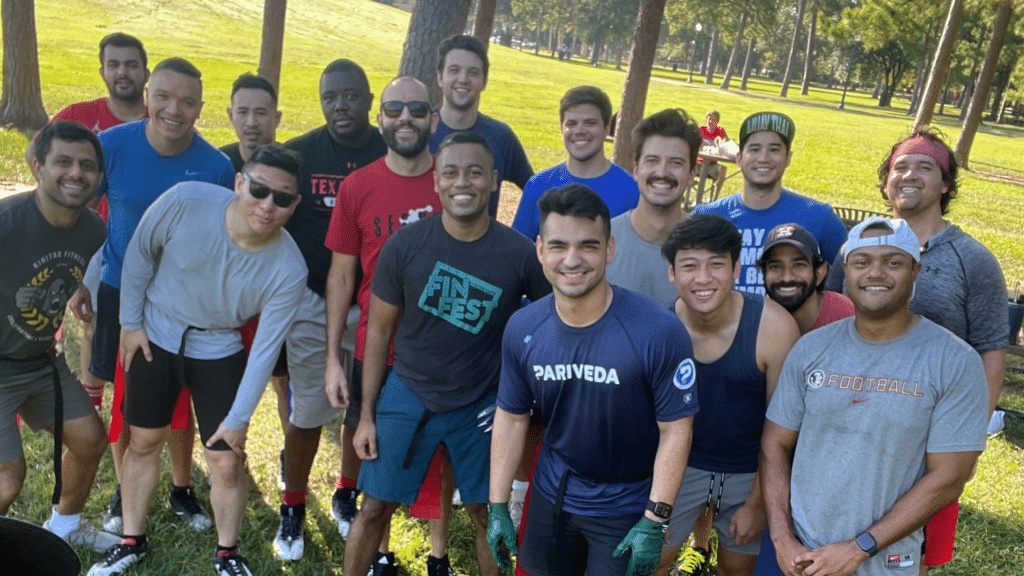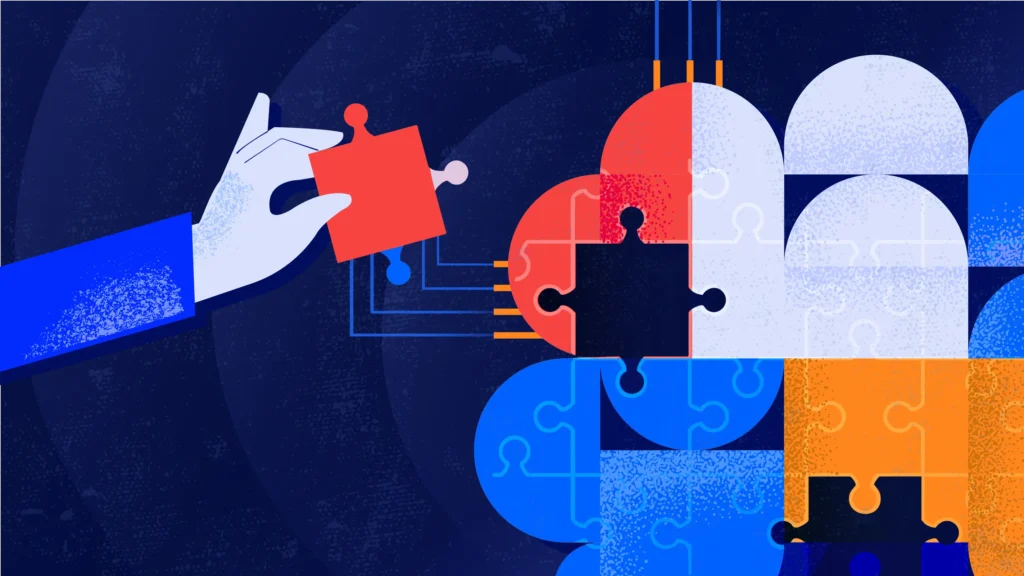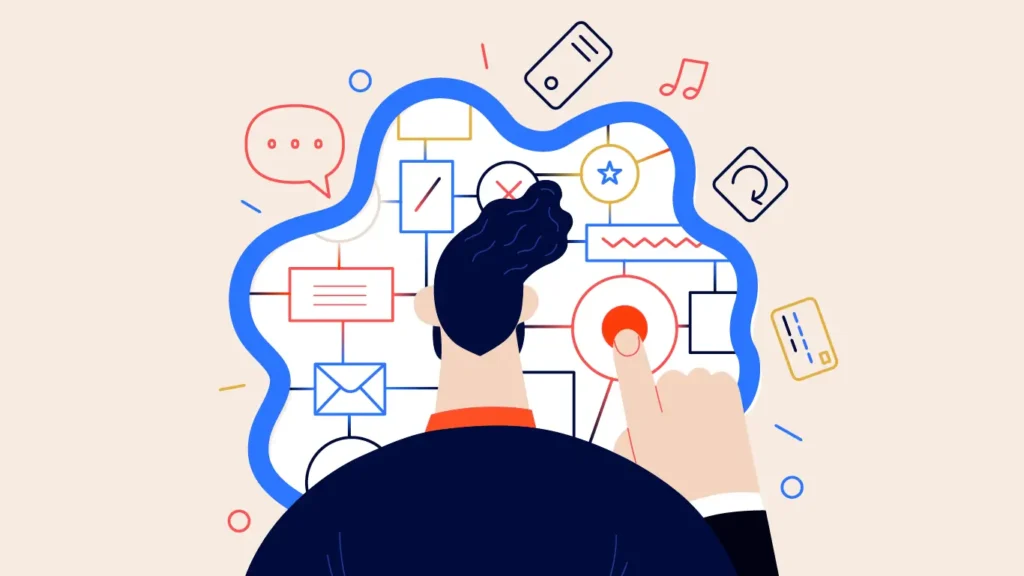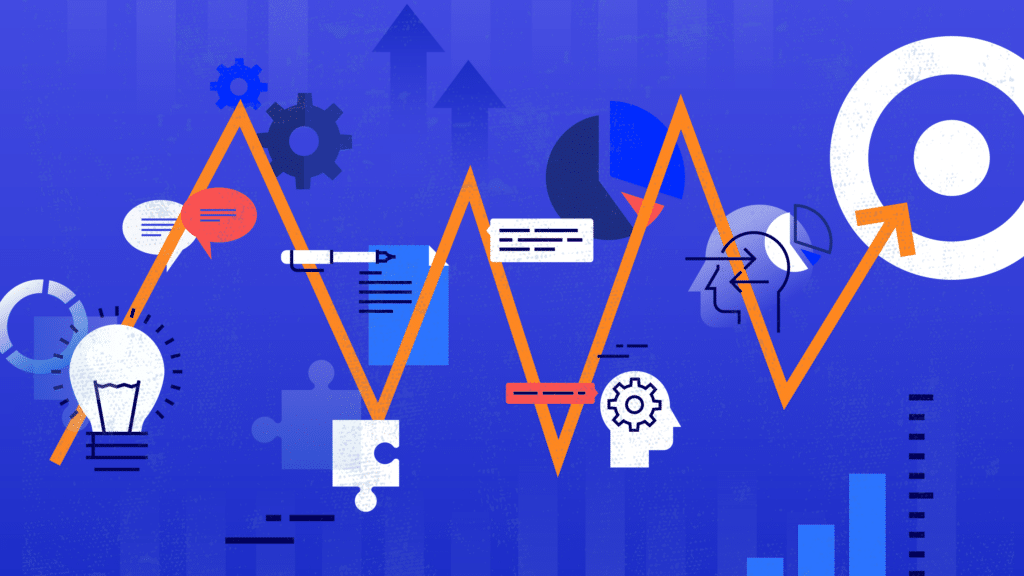Satisfaction with products and services is the lowest in over 50 years. According to a recent Customer Care Measurement & Consulting LLC survey, 74% of consumers have reported problems with items or services purchased in the past year. In 2020, that number was 66%, indicating a rising problem with maintaining customer experience and satisfaction.
Yet despite these growing trends, and even amidst customer dissatisfaction, forward-thinking businesses can address this issue by understanding business capabilities and how the key solution functions in their applications to support the customer journey.
Mapping capabilities to system functions to align with the customer journey can lead to greater satisfaction. A business capability map looks at a business in terms of what the company does and can do. In contrast, the customer journey map illustrates the customers’ processes, needs, and perceptions throughout their interactions and relationships with the organization.
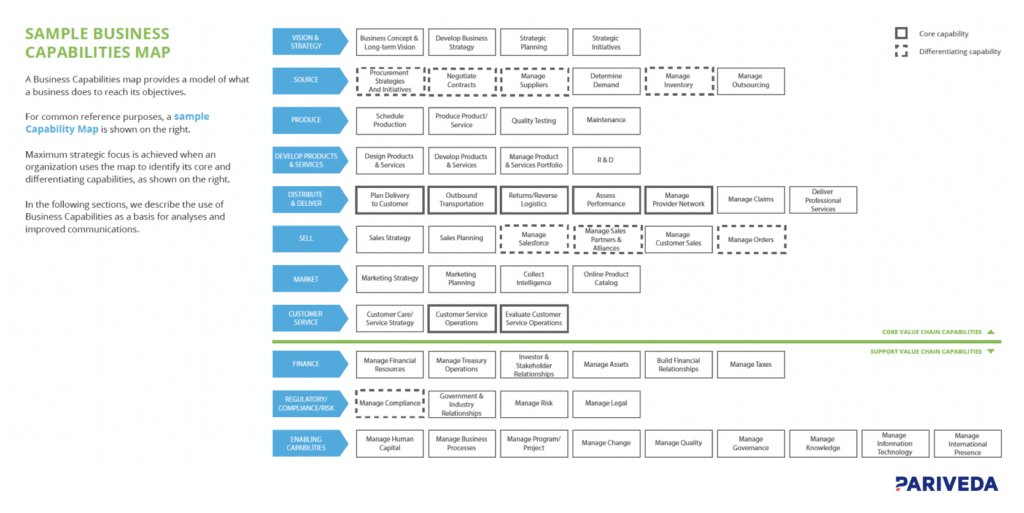
Together, these maps align your internal capabilities with external customer needs. By understanding how your business capabilities impact each step of the customer journey, you can optimize the functionality of your solutions to drive customer satisfaction. Here’s how you can make it happen.
Envisioning the customer’s desired journey
Start by illustrating the desired journey of your customers. Delve deep into the customer journey by discovering the nuances of the current experience and understanding the desired experience. Identify dissatisfaction patterns among the personas within your user base, laying the foundation for a consistent customer-centric solution.
Consistency in executing the journey is key, requiring a deep dive into workflows and common application usage. For example, if you are exploring improvements to your customer call center, it’s important to understand the communication preferences and expectations of your customer personas. Then, you can evaluate interactions to see where agent scripts are falling short and adjust to better align with customer needs to improve the overall experience.
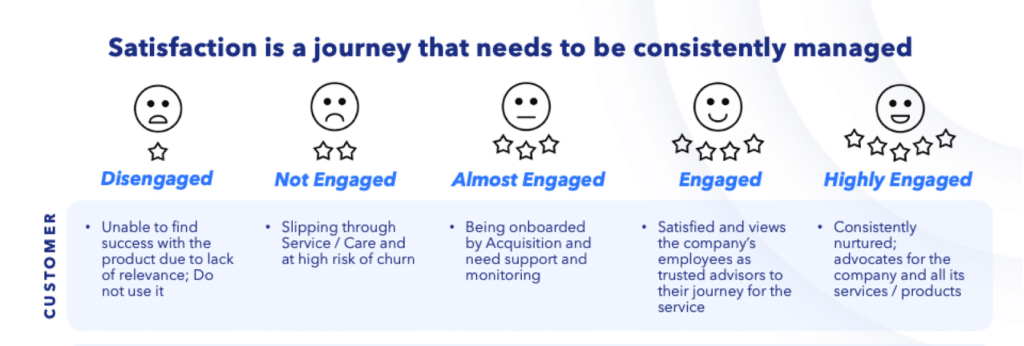
By understanding the intricacies of your desired customer journey and identifying dissatisfactory patterns in personas, you can pave the way for tailored solutions that align with customer expectations.
Aligning capabilities with functions
As many enterprises are aware of their core capabilities, the focus shifts to aligning them with specific system functions that drive the business and are inherent in technology solutions. Recognize the functions valued most by customers and seamlessly integrate them into easy-to-use applications.
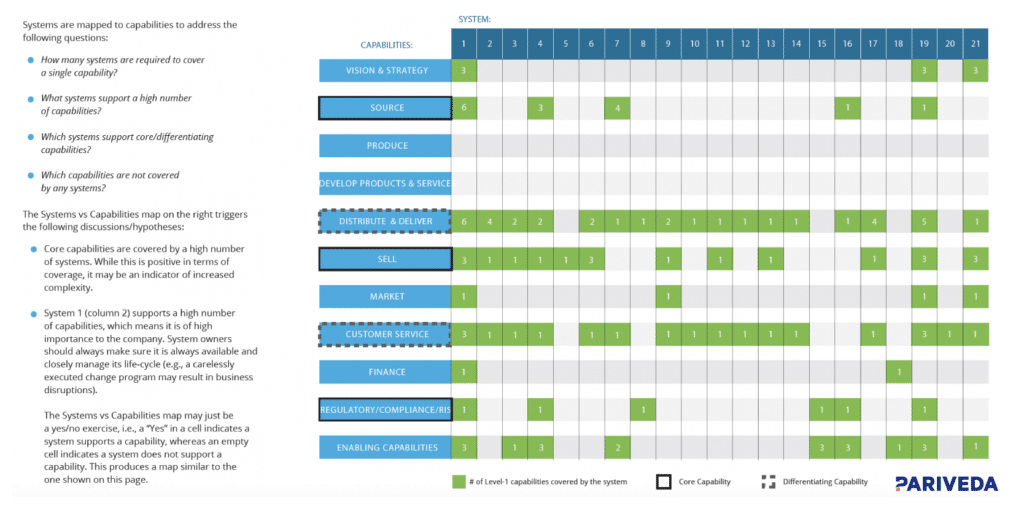
A holistic approach involves connecting functions to system requirements, ensuring existing systems support personas expectations, and identifying where crucial functions need to be enhanced in the journey. This systematic alignment minimizes disruptions and guarantees a smooth operational flow, translating into a seamless experience for customers.
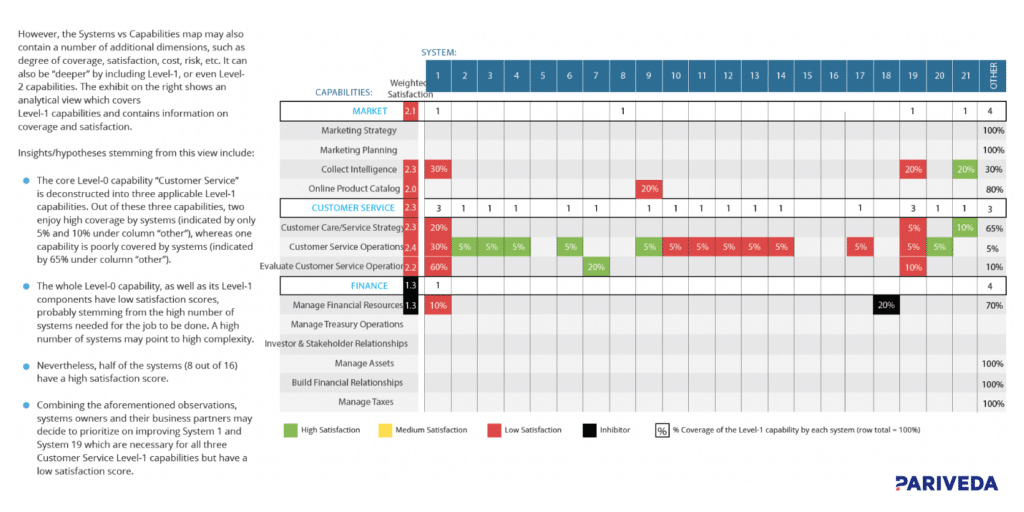
Through this, your ecosystem of solutions may evolve, but the evolution is tied to creating higher satisfaction by utilizing your capabilities through a suite of tools that have more purpose aligned to the customer journey.
Rationalizing the best ecosystem for the future
A critical aspect of the rationalization process is the findings you may uncover by conducting a comprehensive enterprise-wide assessment. You may realize that the organization has multiple projects aimed at improving the same capability and/or journey pain point. This can lead to productive enterprise discussions related to aligning on multiple ways to improve the same capability or journey ‘moment of truth’ to address your customers’ unique needs and preferences.
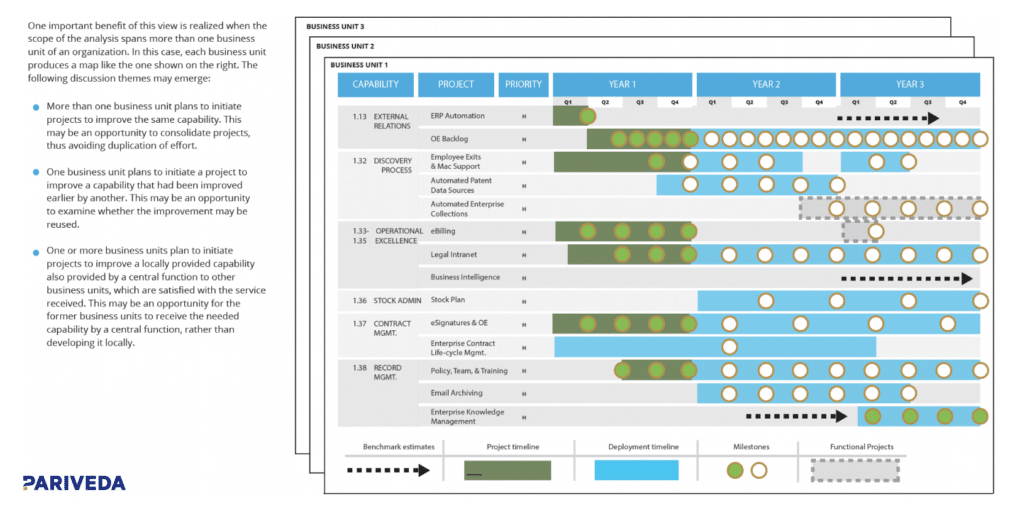
Researching and evaluating available applications, both off-the-shelf and custom-built, becomes the next pivotal step. This involves an intricate comparison of features, considering how each application aligns with the identified requirements and customer expectations.
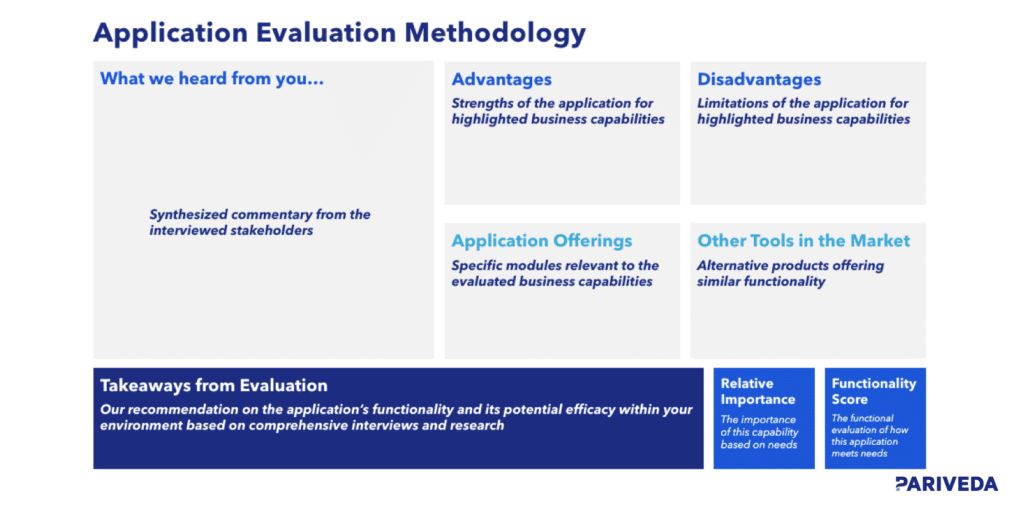
Scalability and flexibility should come into play, anticipating the organization’s future growth and changes in business dynamics. For example, in a recent Proof of Concept that Pariveda built for a client, we realized that Amazon Connect not only boosted and integrated efficiency without disrupting existing processes but also had more Generative Artificial Intelligence (GenAI) services than other competitors in the market that led to more longer-term value.
Being that the enterprise client is focused on enabling a solution that doesn’t just solve for today but also for the future, the GenAI elements unlocked a realm of customer satisfaction potential that wasn’t possible before. With a tool like Amazon Connect, the enterprise can incorporate key GenAI functions into its ecosystem while upgrading core business processes.
Ultimately, combining capabilities maps with journey maps helps executives make informed decisions to align business goals with long-term value for customers. In the ever-evolving landscape of customer expectations, mastering the art of understanding business capabilities, aligning functions, and integrating system requirements is the key to success. Knowing your capabilities, understanding functions, and integrating system requirements along the customer journey will help your organization drive continued customer satisfaction.


